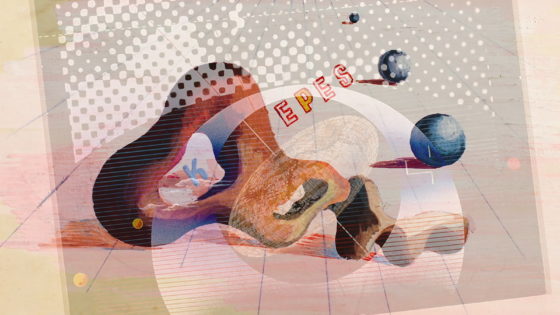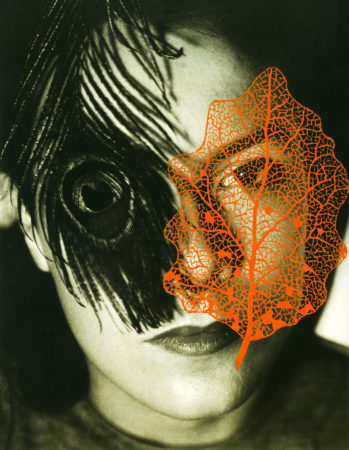Can technology save us from technology? Can the self-serving fetishes of technological innovation be used to enhance the inner richness of the individual? Can prosthetics replace the lost pageantry of nature and be the substitute for a more sustainable, better world?
“With the scientist’s brain, the poet’s heart and the painter’s eye”—this was the proverb of the Hungarian-American artist, educator, and impresario György Kepes, a forgotten precursor of media art. Kepes was among the first to use the term “visual culture” as an independent research subject in a contemporary sense. As the architect of the Light Workshop at the New Bauhaus/School of Design in Chicago in 1937 and as the founder and first director of the Center for Advanced Visual Studies (CAVS) at MIT in 1967, Kepes’s enterprise was to fill the gap between the humanities and the sciences. The powerful new tools he offered to “intersee” and “intercommunicate” knowledge on a participatory basis proved to be the foundations of a program that defined the aesthetic agency of the ecological consciousness.
Márton Orosz’s documentary film is the first comprehensive assessment of György Kepes’s animated life, which introduces him not only as a shapeshifter of modernism but also as a polymath and visionary thinker whose legacy and faith in “optical democracy” grants him a pioneering role in the history of the Art and Technology Movement.
How can the synergy between art and technology foster new forms of creativity and innovation?




